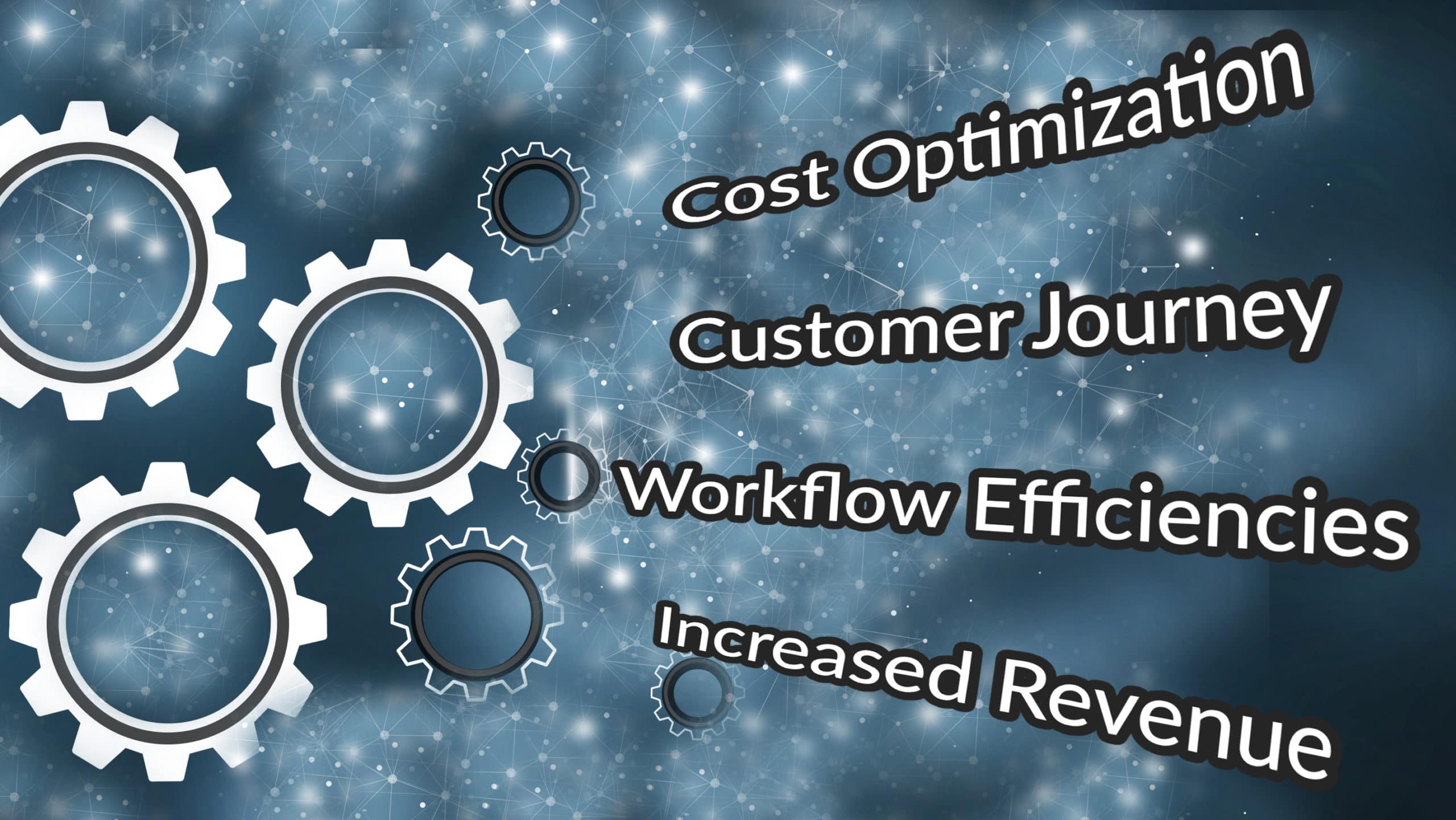Process Mining vs. Process Mapping – What You Need to Know
July 24, 2020

The concept of process mining has been around for a number of years; it’s only recently become more popular as advances in digital technology make it an attractive alternative to traditional process mapping.
What is process mining?
As Gartner defines it, “Process mining is designed to discover, monitor and improve real processes (i.e., not assumed processes) by extracting knowledge from event logs readily available in today’s information systems.” More simply, process mining identifies process inefficiencies by following the digital trail of data through a targeted system. How is it different from traditional process mapping? Process mining is significantly quicker and more accurate than mapping interviews and flowcharting. Think of it this way: Process mapping is like asking a lot of people for directions. Process mining is like using your GPS. Here’s more:
1) Process mapping: Talk… talk… talk
Traditional process mapping starts with interviews – a lot of interviews – in an attempt to completely understand a process. So, the traditional process map is only as good as the people interviewed. It usually begins from the top down – talking to senior-level people, department heads, subject matter experts, then to supervisors and staff, internal customers, and other generic stakeholders. The first problem with interviews is that they take a long time – there is a lot of scheduling involved to get busy people to sit down, let alone the interview time itself. The major problem with interviews is that, even with the best intentions, they are subjective. Interview “facts” can really be simply different opinions generated by different points of view and, unfortunately, competing agendas. And if the wrong people are interviewed or essential people are missed, the resulting map will end up being a costly, time-consuming work of fiction.
2) Process mapping: Might as well jump
During and after traditional interviews comes the actual mapping. There’s always the old whiteboard method with boxes and arrows, or a plethora of off-the-shelf software that’s supposed to make it easier. In any event, a basically manual-drawn “as is” map or flowchart is the result. Now, the mapping team must analyze the “as is” for the process problems and create the “model to be.” This entails another time-consuming round of discussions with all the stakeholders involved to get their buy-in. Even assuming the “as is” map is correct to begin with, it’s extremely easy to jump to conclusions and identify what looks to be the needed fix in the “model to be” – often without hard metrics to back it up. And, if it’s your department bearing the brunt of the fix, you’re not going to go along quietly if there’s no hard data.
3) Process Mining: Data… data… data
In contrast to the process mapping, process mining automatically creates a visualization of the process from transaction data. Process mining discovers what is actually happening based on the event data captured in enterprise systems. That is, employees, customers, vendors and others generate a digital footprint when they utilize company systems throughout the day. These digital footprints get captured in these systems, such as ERPs, CRMs, application databases, log files, audit tables, excel documents and many others. Process mining uses these digital footprints to create visualizations and analysis charts for process improvement. This is done much more quickly and accurately than any traditional mapping process ever could. And, because it’s looking at data, processing mining will pick up on process variations and exceptions that could have been missed during traditional interviews.
4) Process mining: Here’s the issue, here’s what you do
Process mining significantly reduces the time and effort of process discovery while improving its accuracy. It makes process improvement analysis much easier because it can identify the benefits from any potential process adjustment. At a high level, the outcomes from process mining can entail:
- User Training: The process is fine – what’s needed is more detailed training, so employees do their work more efficiently and effectively.
- Process change: Add, change or remove an existing business activity resulting in a change to the overall business process.
- Process optimization: Automate certain activities for process performance improvement, compliance adherence, better customer engagement or cost reduction.
Because it’s based on data, the client derives a clearly measurable impact from any potential training, change or automation. Going forward, process mining can become process monitoring – analyzing the targeted business process for current performance, which is something traditional mapping certainly can’t do easily.
Prolifics has the partners and the experience to help.
The “New Normal” is here. You have a vision – don’t let your technology slow you down. Our solutions and experience will get you there. Sit down with us – let’s talk about your challenges, review and reevaluate your plans and get you started where it makes the most sense. Vision to Value. Faster. It’s not just our tagline, it’s what drives us. It’s how we deliver solutions and services. It’s our commitment to you – and it’s needed today more than ever. Visit www.prolifics.com or email solutions@prolifics.com.